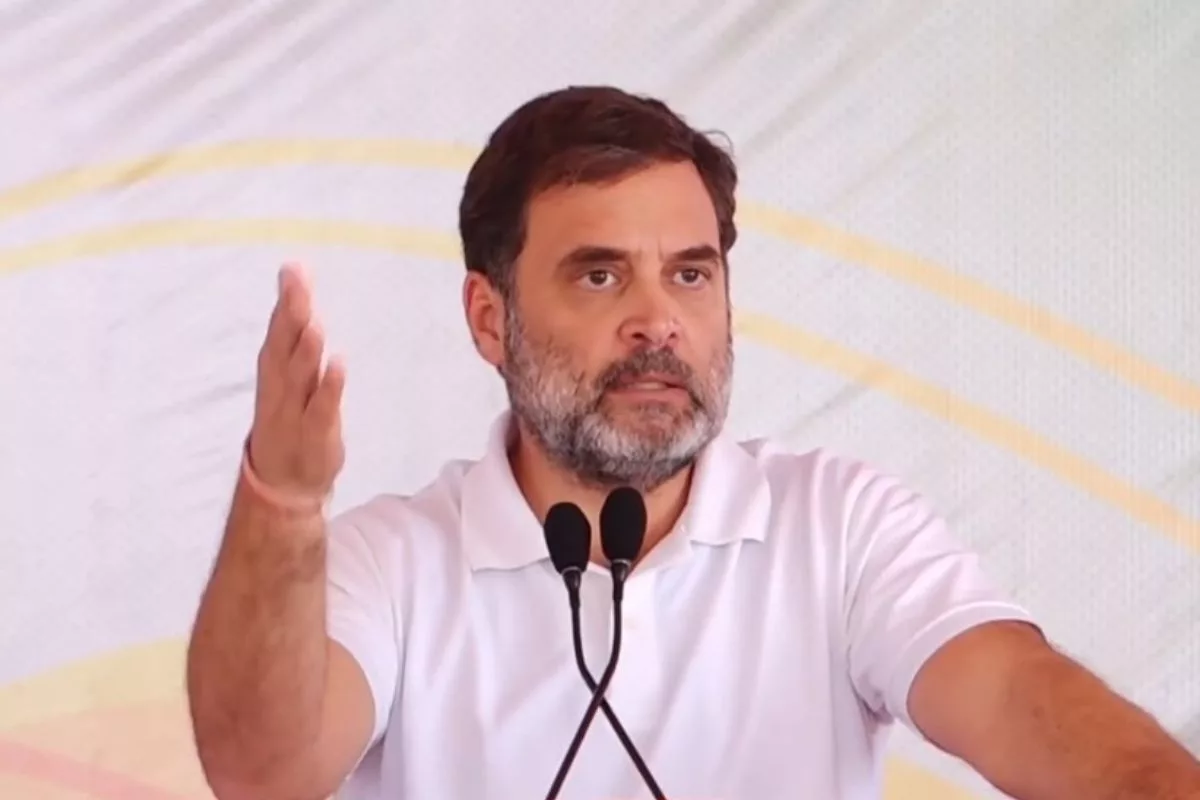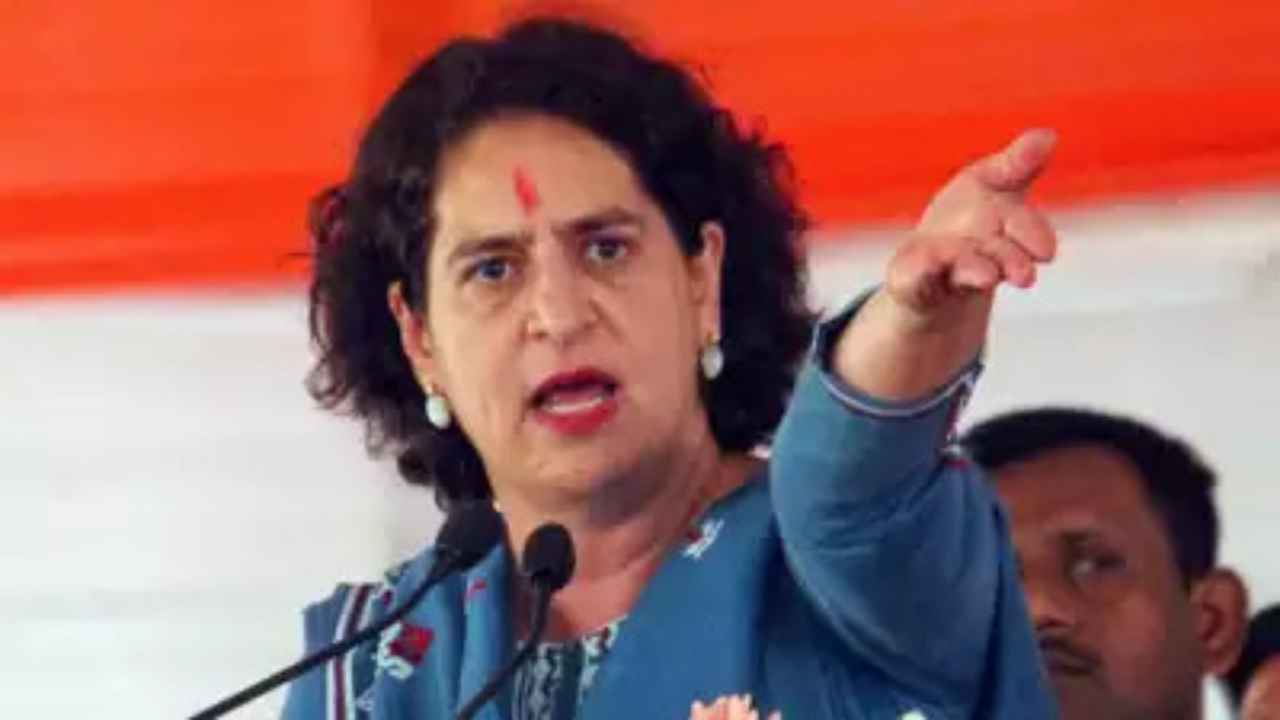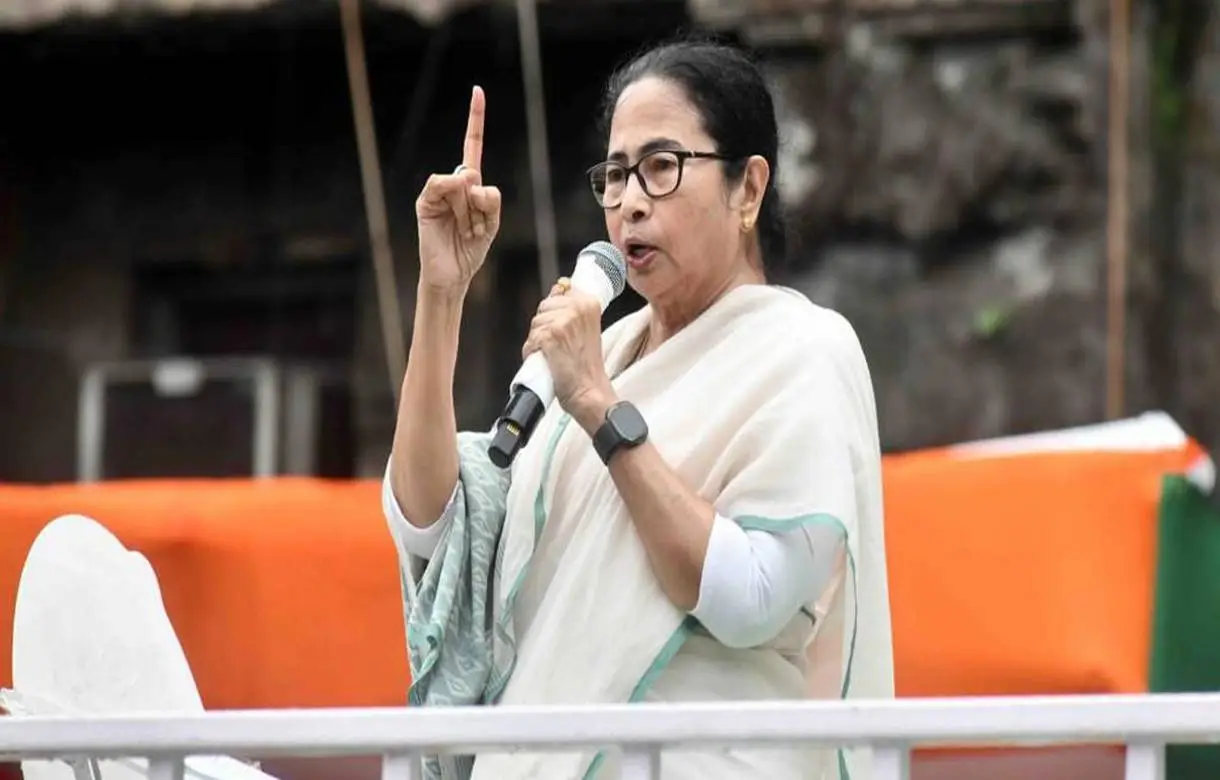India News
Rahul Gandhi reaches Kerala on Wayanad visit
The District Congress Committee (DCC) said there will be no public function for Gandhi because of Covid-19. The DCC said social distancing norms will be complied with.

India News
Rahul Gandhi Attacks Centre over G RAM G bill, calls it an attack on MGNREGA’s core principles
Rahul Gandhi has strongly opposed the G RAM G bill, accusing the Modi government of undermining MGNREGA and shifting the financial burden of rural employment schemes onto states.
India News
Priyanka Gandhi leads protest against G Ram G Bill, calls move to replace MGNREGA unconstitutional
Priyanka Gandhi objected in Lok Sabha to the Centre’s G Ram G Bill, saying it weakens MGNREGA and dilutes the constitutional right to employment.
India News
Bengal draft voter list revision removes 58 lakh names, triggers political row ahead of polls
The draft voter list published after West Bengal’s Special Intensive Revision shows 58 lakh names deleted, setting off a political storm ahead of the Assembly elections.
-
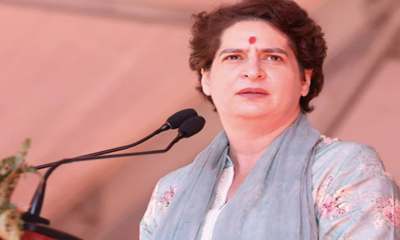
 India News24 hours ago
India News24 hours agoPriyanka Gandhi and Prashant Kishor held talks in Delhi after Bihar election setback
-

 Latest world news10 hours ago
Latest world news10 hours agoLuthra brothers deported from Thailand in Goa nightclub fire case
-

 India News9 hours ago
India News9 hours agoDelhi-Agra Expressway fog crash kills four, several vehicles gutted in Mathura pile-up
-
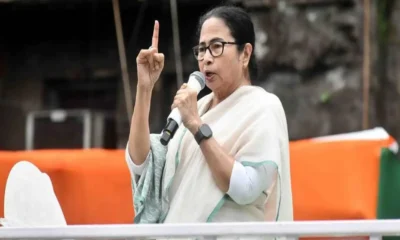
 India News5 hours ago
India News5 hours agoBengal draft voter list revision removes 58 lakh names, triggers political row ahead of polls
-
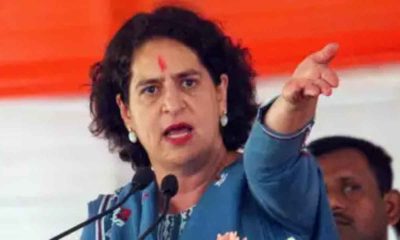
 India News3 hours ago
India News3 hours agoPriyanka Gandhi leads protest against G Ram G Bill, calls move to replace MGNREGA unconstitutional
-

 LATEST SPORTS NEWS3 hours ago
LATEST SPORTS NEWS3 hours agoIPL 2026 auction: Cameron Green sets overseas record with Rs 25.20 crore move to KKR; Venkatesh Iyer joins RCB
-
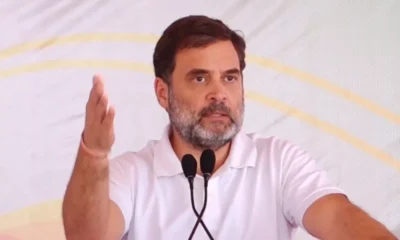
 India News1 hour ago
India News1 hour agoRahul Gandhi Attacks Centre over G RAM G bill, calls it an attack on MGNREGA’s core principles

